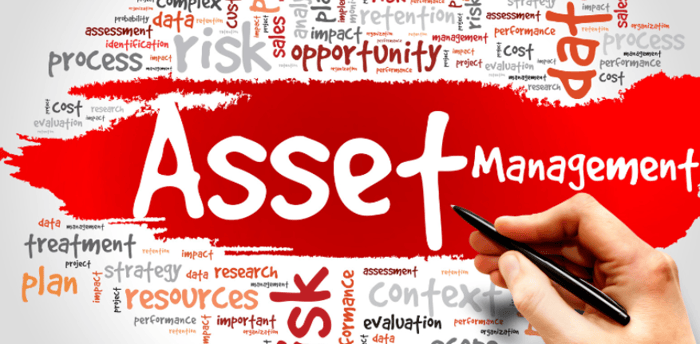Understanding Asset Management: Key Strategies for Effective Asset Tracking and Maintenance
Asset management is a critical process that plays a vital role in enhancing the productivity and profitability of businesses across various industries. Whether it's physical assets like machinery and equipment or intangible assets like intellectual property, effective asset management ensures that these valuable resources are utilised optimally. So, let’s investigate what asset management entails, explore its significance in achieving organisational success and see how Snapfix can help you achieve these goals with the world’s first visual asset register.

What is Asset Management?
Asset management refers to the systematic and strategic approach of overseeing an organisation's assets throughout their entire lifecycle. It involves acquiring, operating, maintaining, and disposing of assets in a way that maximises their value, minimises risks, and aligns with the organisation's goals and objectives. The scope of asset management encompasses both tangible assets (e.g., buildings, vehicles, equipment) and intangible assets (e.g., patents, trademarks, software).
Key Components of Asset Management:
Asset Inventory and Classification: The first step in asset management is creating a comprehensive inventory of all the organisation's assets. Assets are then classified based on their type, value, criticality, and other relevant factors. This classification helps prioritise assets for maintenance, investment, or disposal. With a visual inventory, Snapfix CMMS makes managing your assets easier than ever before.
Asset Tracking and Monitoring: Asset management involves continuously tracking and monitoring assets throughout their lifecycle. This includes gathering data on asset performance, maintenance history, and usage patterns. Advanced technologies like IoT sensors and RFID tags can facilitate real-time asset tracking, ensuring efficient management and reduced chances of asset loss or theft. With Snapfix, you can allocate bar codes, QR codes or NFC tags for better tracking and fewer errors in assigning assets.
Maintenance and Upkeep:It has been suggested that 1 hour spent on planned maintenance saves 3 hours of reactive maintenance. Managers can use Snapfix to develop maintenance schedules and implement preventive maintenance strategies to minimise breakdowns and unexpected downtime. Regular maintenance not only reduces repair costs but also enhances safety and efficiency.
Risk Management and Compliance: Asset managers assess and mitigate risks associated with assets, such as regulatory compliance, safety hazards, and environmental concerns. Compliance with industry standards, legal requirements, and environmental regulations is essential to avoid penalties and maintain the organisation's reputation.
Asset Depreciation and Financial Reporting: In financial terms, asset management involves tracking asset depreciation over time. Assets have a finite useful life, and their depreciation is recorded in financial statements. Accurate financial reporting ensures that the organisation's balance sheet and profit and loss statements reflect the true value of assets. Snapfix allows you to keep a close eye on the assets through its lifecycle meaning you will keep depreciation costs to a minimum.
Asset Disposal and Replacement: At the end of their useful life, assets need to be disposed of or replaced. Asset managers decide whether to sell, donate, or recycle assets that are no longer productive or cost-effective. Simultaneously, they plan for the acquisition of new assets, considering factors like technological advancements and cost-benefit analysis.
Also Read: The Hidden Power of Asset Registers: Unveiling the Benefits
Benefits of Effective Asset Management:
Cost Optimisation: Proper asset management reduces unnecessary spending on repairs, replacements, and downtime, leading to cost savings for the organisation.
Increased Efficiency: Well-maintained assets perform better, increasing operational efficiency and productivity.
Enhanced Decision-making: Data-driven insights obtained through asset tracking and monitoring help make informed decisions related to asset investment and utilisation.
Regulatory Compliance: Compliance with industry regulations and standards ensures the organisation operates within legal boundaries.
Improved Asset Lifespan: Proactive maintenance extends the life of assets, delaying the need for replacements and saving capital expenditure.
Asset management is a strategic discipline that optimises the value and performance of an organisation's assets. By effectively tracking, maintaining, and managing assets throughout their lifecycle, businesses can increase efficiency, minimise risks, and maximise returns on investment. Embracing advanced technologies like Snapfix, and industry best practices, asset management enables organisations to achieve sustainable growth and maintain a competitive edge in their respective industries. With the right asset management strategies in place, organisations can unlock the full potential of their valuable resources and drive long-term success.
To receive all the latest Snapfix platform updates, industry news and opportunities make sure to sign up for our weekly Snapfix Newsletter here.



